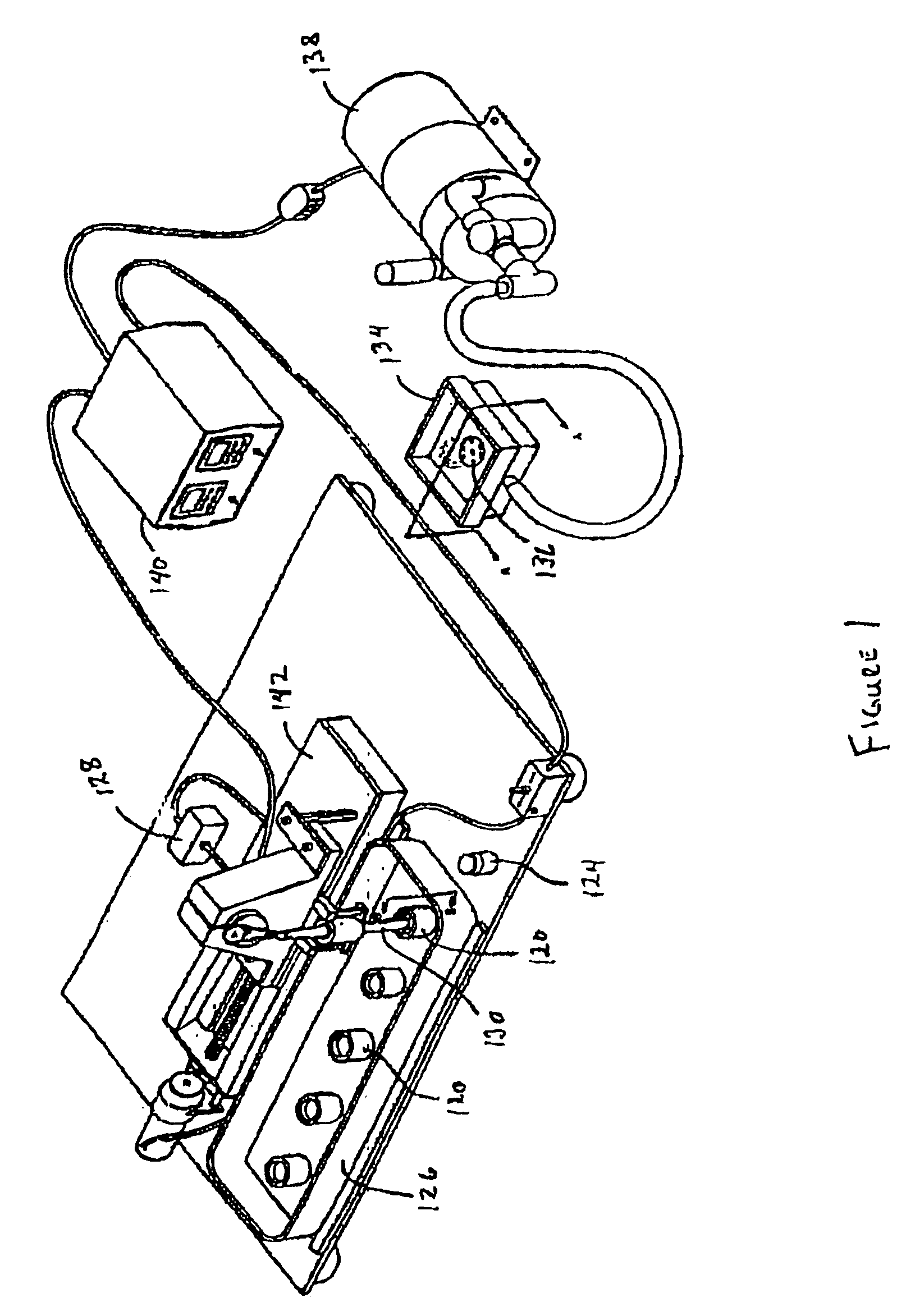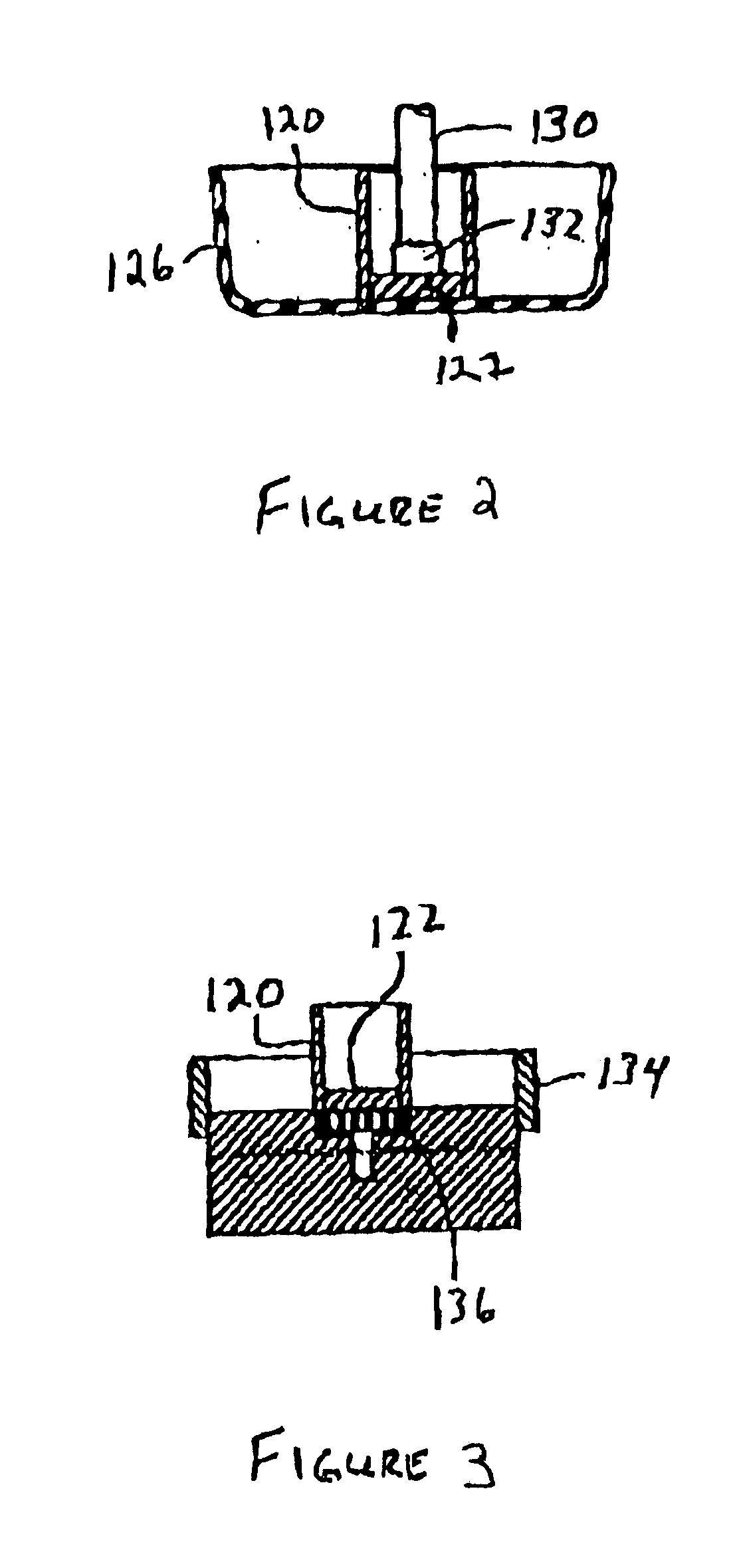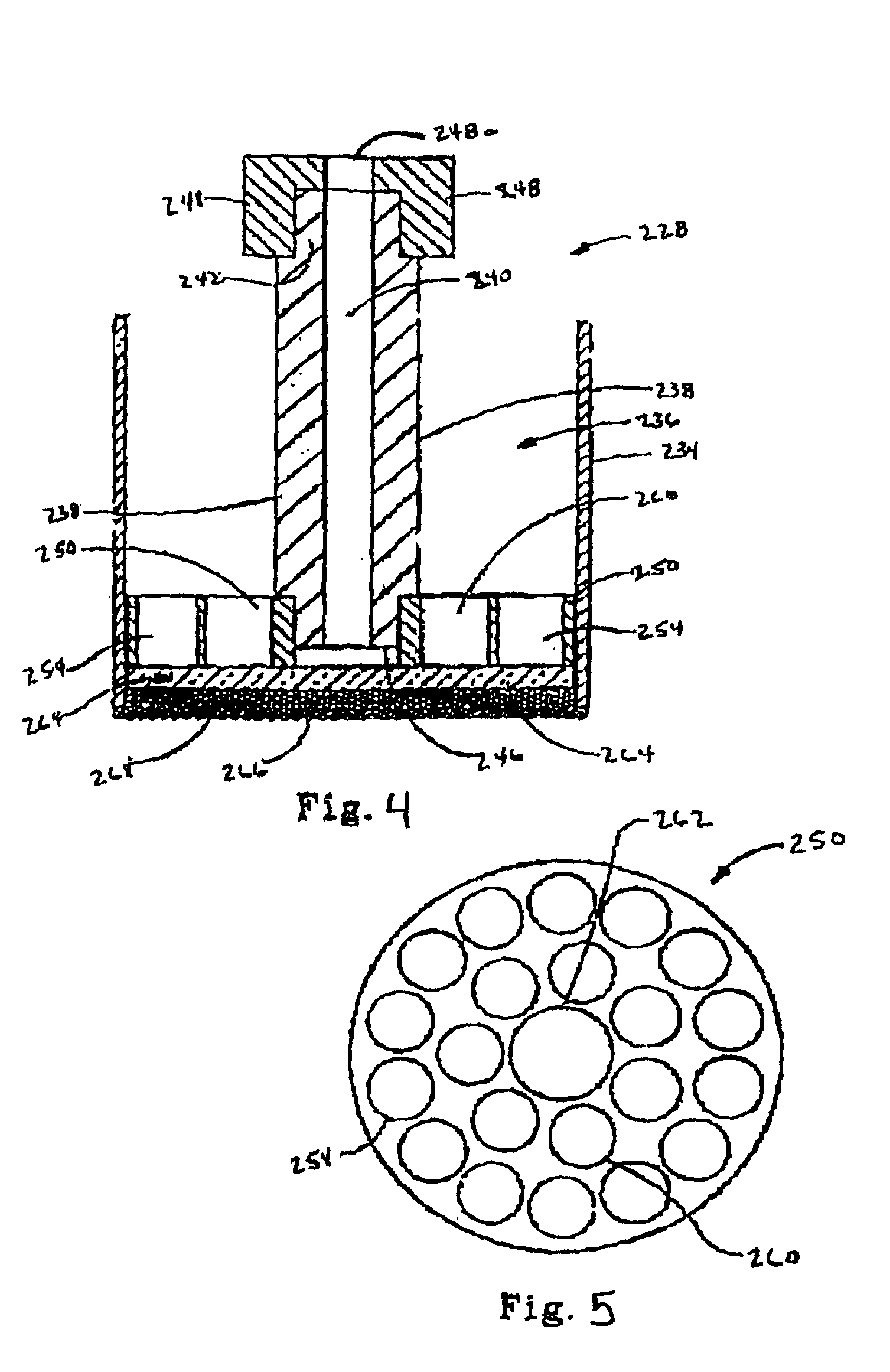Superabsorbent polymer with slow absorption times
a technology of absorbent polymer and time-dependent absorption, which is applied in the direction of absorbent pads, pigment pastes, bandages, etc., can solve the problems of reducing swellability and retention capacity, and affecting the absorption effect of gels
- Summary
- Abstract
- Description
- Claims
- Application Information
AI Technical Summary
Benefits of technology
Problems solved by technology
Method used
Image
Examples
example 1
[0049]A solution of 28 wt % acrylic acid in water is neutralized with sodium hydroxide to a degree of 60 mole % and with calcium hydroxide a further 10 mole % under constant cooling to maintain a temperature less than 40° C. 0.24 wt % polyethyleneglycol (300) diacrylate and 0.3 wt % allyloxypolyethyleneglycol-acrylate are added to the partially neutralized acrylic acid solution. After cooling to 5° C. and stripping the oxygen with nitrogen, the mixture is polymerized with standard radical chain polymerization techniques by the addition of 10 ppm ascorbic acid, 100 ppm 2,2′-azobis-(2-amidinopropane)dihydrochloride, 70 ppm hydrogen peroxide and 300 ppm sodium persulfate.
[0050]After completion of the polymerization (about 30 minutes), the resulting gel-like block is cut into small pieces and extruded through a die with 10 mm holes. The gel particles are then dried at 150° C. for 120 minutes in a forced air oven, reversing the air flow orientation to the polymer 180° after 30 minutes. T...
example 2
[0052]A solution of 28 wt % acrylic acid in water is neutralized with sodium hydroxide to a degree of 50 mole % and with calcium hydroxide a further 20 mole % under constant cooling to maintain a temperature less than 40° C. 0.24 wt % polyethyleneglycol (300) diacrylate and 0.3 wt % allyloxypolyethyleneglycol-acrylate are added to the partially neutralized acrylic acid solution. After cooling to 5° C. and stripping the oxygen with nitrogen, the mixture is polymerized with standard radical chain polymerization techniques by the addition of 10 ppm ascorbic acid, 100 ppm 2,2′-azobis-(2-amidinopropane)dihydrochloride, 70 ppm hydrogen peroxide and 300 ppm sodium persulfate.
[0053]After completion of the polymerization (about 30 minutes), the resulting gel-like block is cut into small pieces and extruded through a die with 10 mm holes. The gel particles are then dried at 150° C. for 120 minutes in a forced air oven, reversing the air flow orientation to the polymer 180° after 30 minutes. T...
example 3
[0055]A solution of 28 wt % acrylic acid in water is neutralized with sodium hydroxide to a degree of 30 mole % and with calcium hydroxide a further 40 mole % under constant cooling to maintain a temperature less than 40° C. 0.24 wt % polyethyleneglycol (300) diacrylate and 0.3 wt % allyloxypolyethyleneglycol-acrylate are added to the partially neutralized acrylic acid solution. After cooling to 5° C. and stripping the oxygen with nitrogen, the mixture is polymerized with standard radical chain polymerization techniques by the addition of 10 ppm ascorbic acid, 100 ppm 2,2′-azobis-(2-amidinopropane)dihydrochloride, 70 ppm hydrogen peroxide and 300 ppm sodium persulfate.
[0056]After completion of the polymerization (about 30 minutes), the resulting gel-like block is cut into small pieces and extruded through a die with 10 mm holes. The gel particles are then dried at 150° C. for 120 minutes in a forced air oven, reversing the air flow orientation to the polymer 180° after 30 minutes. T...
PUM
| Property | Measurement | Unit |
|---|---|---|
| temperature | aaaaa | aaaaa |
| wt. % | aaaaa | aaaaa |
| wt. % | aaaaa | aaaaa |
Abstract
Description
Claims
Application Information
 Login to View More
Login to View More - R&D
- Intellectual Property
- Life Sciences
- Materials
- Tech Scout
- Unparalleled Data Quality
- Higher Quality Content
- 60% Fewer Hallucinations
Browse by: Latest US Patents, China's latest patents, Technical Efficacy Thesaurus, Application Domain, Technology Topic, Popular Technical Reports.
© 2025 PatSnap. All rights reserved.Legal|Privacy policy|Modern Slavery Act Transparency Statement|Sitemap|About US| Contact US: help@patsnap.com



